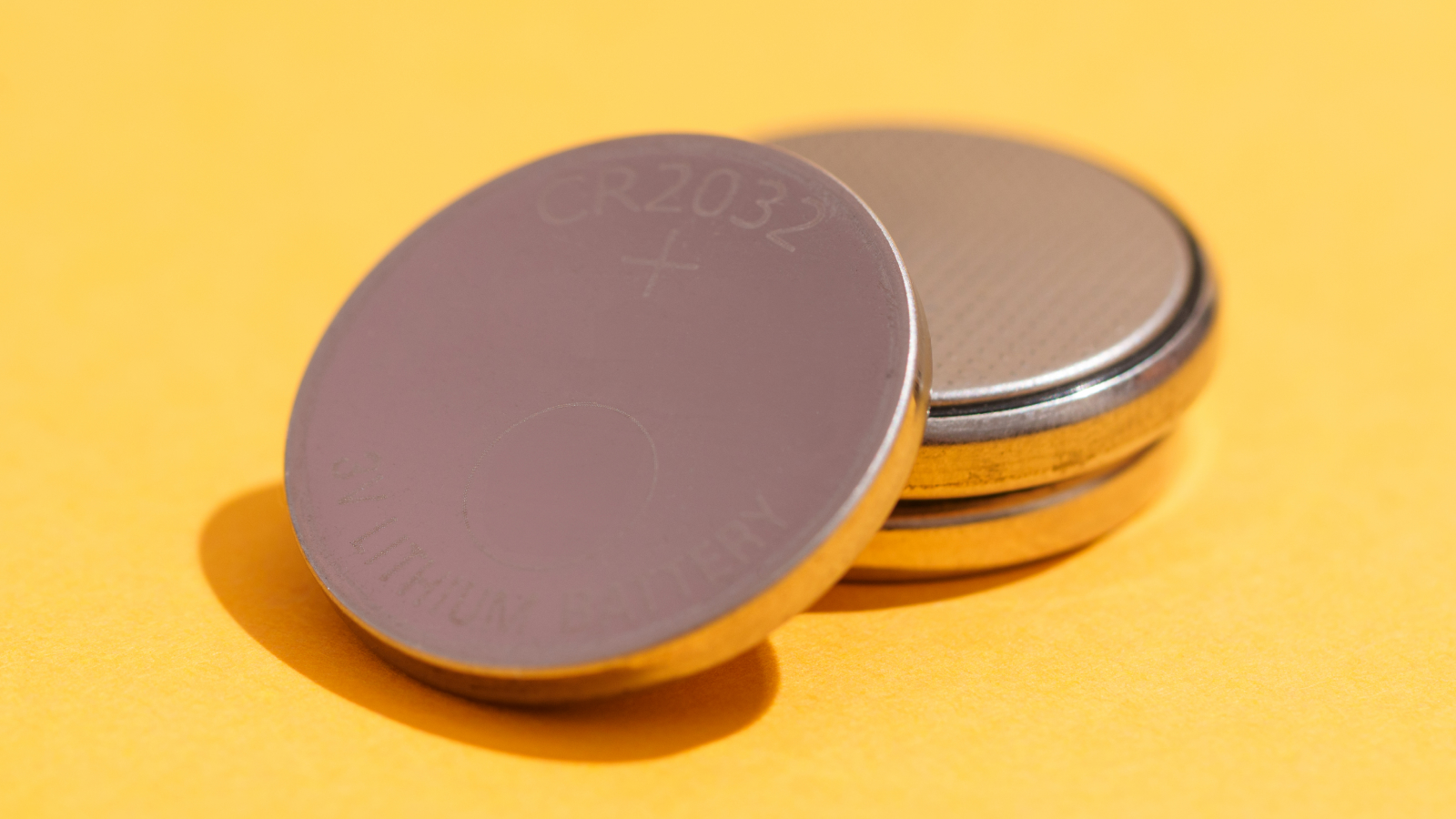Horticulturae, Vol. 10, Pages 415: Analysis of Transcriptome and Expression of C4H and FLS Genes on Four Flower Colors of Impatiens uliginosa
Horticulturae doi: 10.3390/horticulturae10040415
Authors: Xiaoli Zhang Yi Tan Xinyi Li Zengdong Liu Fan Li Haiquan Huang Meijuan Huang
Flower color is a major feature of ornamental plants, and the rich flower color of plants is an important factor in determining their ornamental and economic values, so flower color is an important research target for gardening and horticulture breeders at home and abroad. Our research group collected four colors of Impatiens uliginosa (white, pink, red, and deep red) during the collection of germplasm resources in the field. In this study, we analyzed the transcriptomes of the four flower colors of I. uliginosa by using RNA-Seq technology. The transcriptomes were screened to identify candidate genes related to flower color, and the coloring mechanisms of four flower colors were revealed at the molecular level. The main findings were as follows: (1) The number of the four different transcripts ranged from 64,723 to 93,522 and contained a total of 100,705 unigenes. (2) The analysis of differentially expressed genes revealed structural genes including C4H, FLS, PAL, and ANS and transcription factors including MYB, MYB-related, AP2-EREBP, and bHLH. (3) Among the four flower colors of I. uliginosa, the C4H1 gene had the highest expression in pink flowers, and the C4H2 gene had the highest expression in red flowers. This indicated that C4H genes positively regulated the red flower color of I. uliginosa. However, FLS expression was the highest in white flowers, and with deepening flower color, FLS gene expression gradually weakened, acting as a negative regulator. The results of this study could lay the theoretical foundation for investigating the mechanism of coloration and flower color variation in I. uliginosa.

 2 weeks ago
13
2 weeks ago
13


